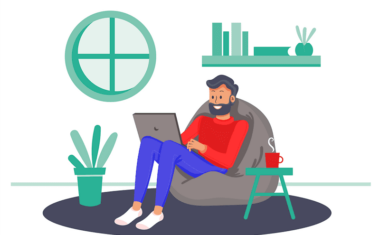What Does a UX Designer Do? [2023 Career Guide]

In this article
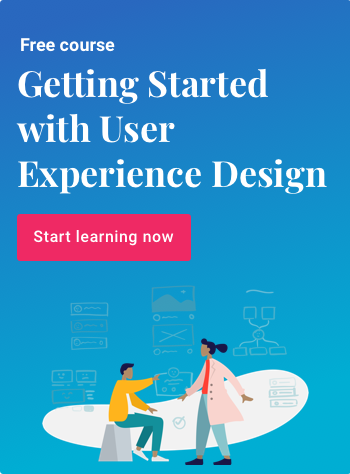
Before it became known as user experience design (or more colloquially, UX), the field dedicated to improving usability was known as “human interface research.” But the PC revolution of the 1980s, and the ensuing explosion of the internet in the next two decades, changed the ways in which the tech industry emphasized usability interaction design. It was Donald Norman, a 1993 Apple Fellow and UX pioneer, who pushed for the industry to adopt the term UX, as a way of signifying the more holistic nature of this changing approach.
“I invented the term because I thought Human Interface and usability were too narrow,” he recalled. “I wanted to cover all aspects of the person’s experience with a system, including industrial design, graphics, the interface, the physical interaction, and the manual.”
Today, the global design industry is valued at $165 billion, with impressive growth projected over the next decade. But in today’s landscape, what does a UX designer actually do? Read on to find out how UX designers shape our experiences of the digital products we use every day.
What Is UX Design?
UX design is the process of creating a valuable, enjoyable experience for users who interact with a product or service. Successful UX design centers user needs and helps users seamlessly accomplish tasks and meet goals.
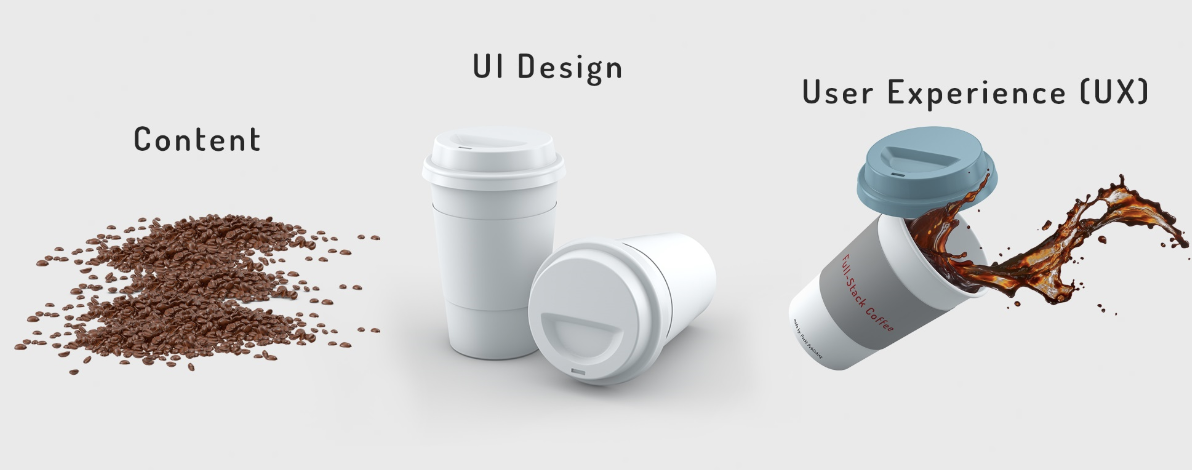
The strength of a product’s UX design determines its success. A well-designed product will attract, convert, and retain target audiences while building brand loyalty. Effective user experience design also reduces product development and maintenance costs—all while increasing accessibility and ease of use.
What Is a UX Designer?
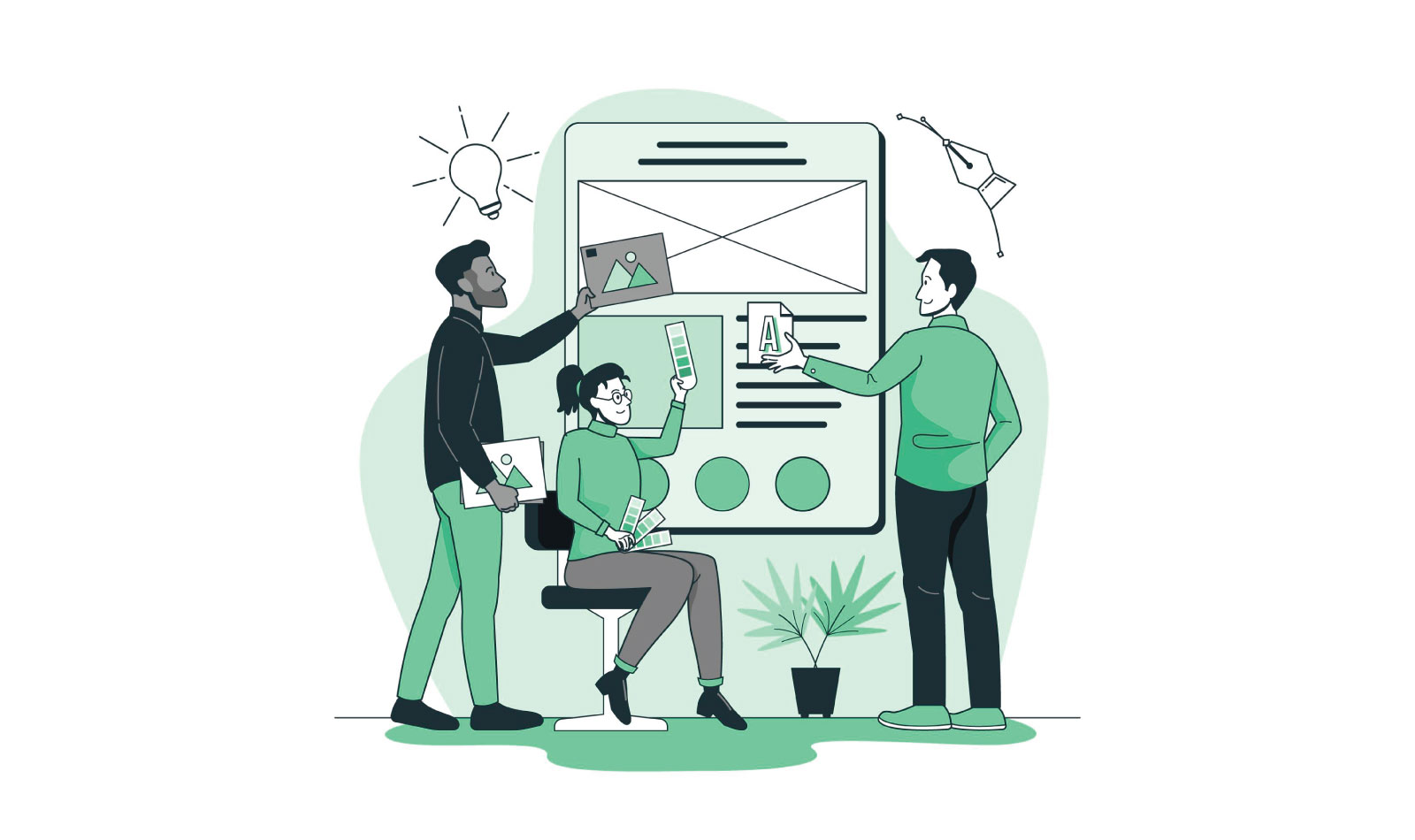
User experience designers build simple, intuitive interaction experiences that solve user problems in fun, aesthetically pleasing formats. To create a positive experience, designers must understand user desires, attitudes, motivations, expectations, and pain points. UX designers investigate why users adopt products, the key tasks they hope to accomplish with a product, and their attitudes towards the product itself. These insights inform product functionality and design.
What Does a UX Designer Do?
Designers create products using an iterative process rooted in design thinking, a user-centric problem-solving approach that drives a continuous cycle of experimentation, validation, and refinement. The day-to-day tasks and responsibilities of a UX designer vary according to seniority, company size, and the unique requirements of the role in question.
UX Design Responsibilities Based on Company Size
Let’s explore the manifestation of UX design roles in various types of organizations.
At Startups
Small teams and limited resources are common in startup environments—which means UXers often oversee projects from start to finish. They are responsible for shaping UX strategy, and may take on project and product management duties. They may also interact regularly with developers and company founders to determine timelines, allocate resources, and establish product expectations.
At Mid-Sized Companies
UXers at mid-sized companies are usually “T-shaped” designers who supplement a generalist skill set (represented by the horizontal line in a capital “T”) with deeper, specialized knowledge concerning a particular aspect of UX (represented by the vertical line in a capital “T”). They bring multiple perspectives to their work and may contribute to a wide range of projects.
At Larger Companies
At a larger corporation, a UX design department is typically divided into specialist roles and distinct teams. Designers typically focus on a single phase of the UX design process across various projects. Large companies tend to offer more opportunities for mentorship, as designers of various levels of seniority work together within teams.
UX Design Roles Based on Career Stage
Let’s examine how a designer’s focus and responsibilities can vary according to experience.
Entry-Level UX Designer
Junior designers often begin as generalists. Entry-level UXers support mid and senior-level designers by completing delegated or blueprinted tasks. Entry-level designers often learn by doing and may find mentors within their team.
Mid-Level UX Designer
Mid-level UXers have typically developed a design specialization or expertise in designing for a particular industry or product type. Mid-level designers are less focused on individual details, analyzing design decisions from a features-level or project-level vantage point. Mid-level designers also have in-depth knowledge of design tools and processes and own a greater level of responsibility for UX projects.
Senior-Level UX Designer
Senior designers commonly have 6+ years of experience and analyze projects from a high-level, abstract vantage point. These professionals understand that changing one element of a system will affect all other system components. Senior designers view designing for diverse devices and platforms as mere contextual differences, and focus on the interconnectedness of business models, product design, and human behavior.
Get To Know Other Design Students
Arin Soukoule
Design Experience Analyst at Accenture Interactive
Amber Hicks
UX Designer at Norfolk Southern
Sharon Yeun Kim
UX Design Intern at Colgate-Palmolive
A Day in the Life of a UX Designer
The daily duties of a UX designer vary depending on the responsibilities of the role. A generalist UXer at a startup may participate in each design phase, while a specialist UXer at a large company may focus solely on one.
User Research
User research strives to understand user psychology and behavior. These insights help UXers identify design opportunities, validate assumptions, and empathize with how users experience a product.
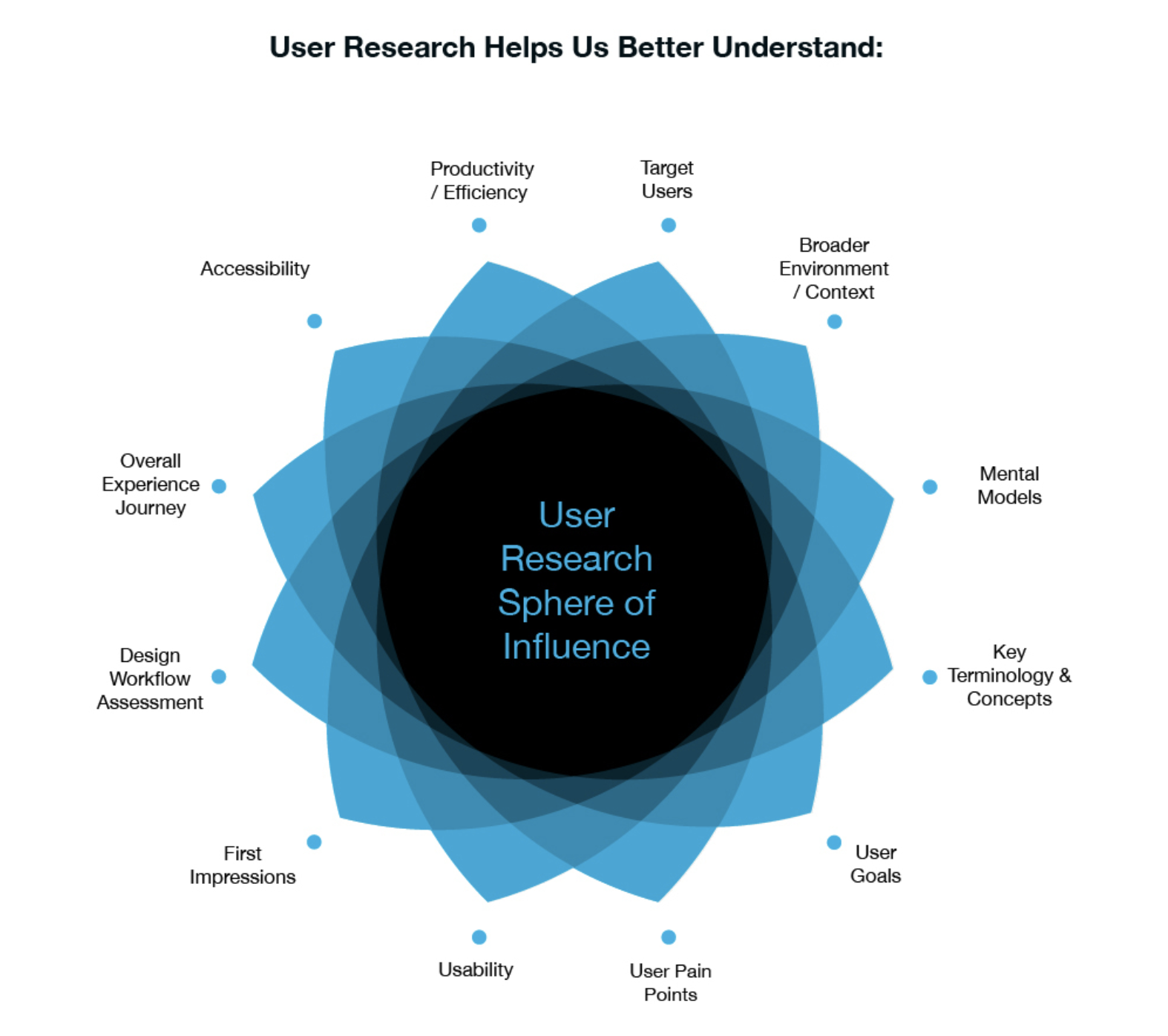
Qualitative research investigates user attitudes, behaviors, and needs, while quantitative research explores the statistical significance of these findings. Designers harness this information through user personas, which are semi-fictional representations of key segments of a product’s target audience. User personas help designers personalize products to satisfy unique needs.
Personal Development
UX design is an evolving industry. Designers listen to podcasts, read newsletters, and follow UX thought leaders on social media to monitor emerging UX trends. Online design communities like Behance and Dribbble also offer opportunities for designers to find inspiration and grow their professional networks.
Information Architecture
Information architecture concerns the structure and organization of a product’s content. It reduces cognitive load and helps users navigate products, find information, and complete tasks with ease. To plan a product’s information architecture, designers develop a product’s taxonomy by organizing, classifying, and labeling content items based on similarity. Next, designers determine a product’s information hierarchy and define how users will navigate that structure.
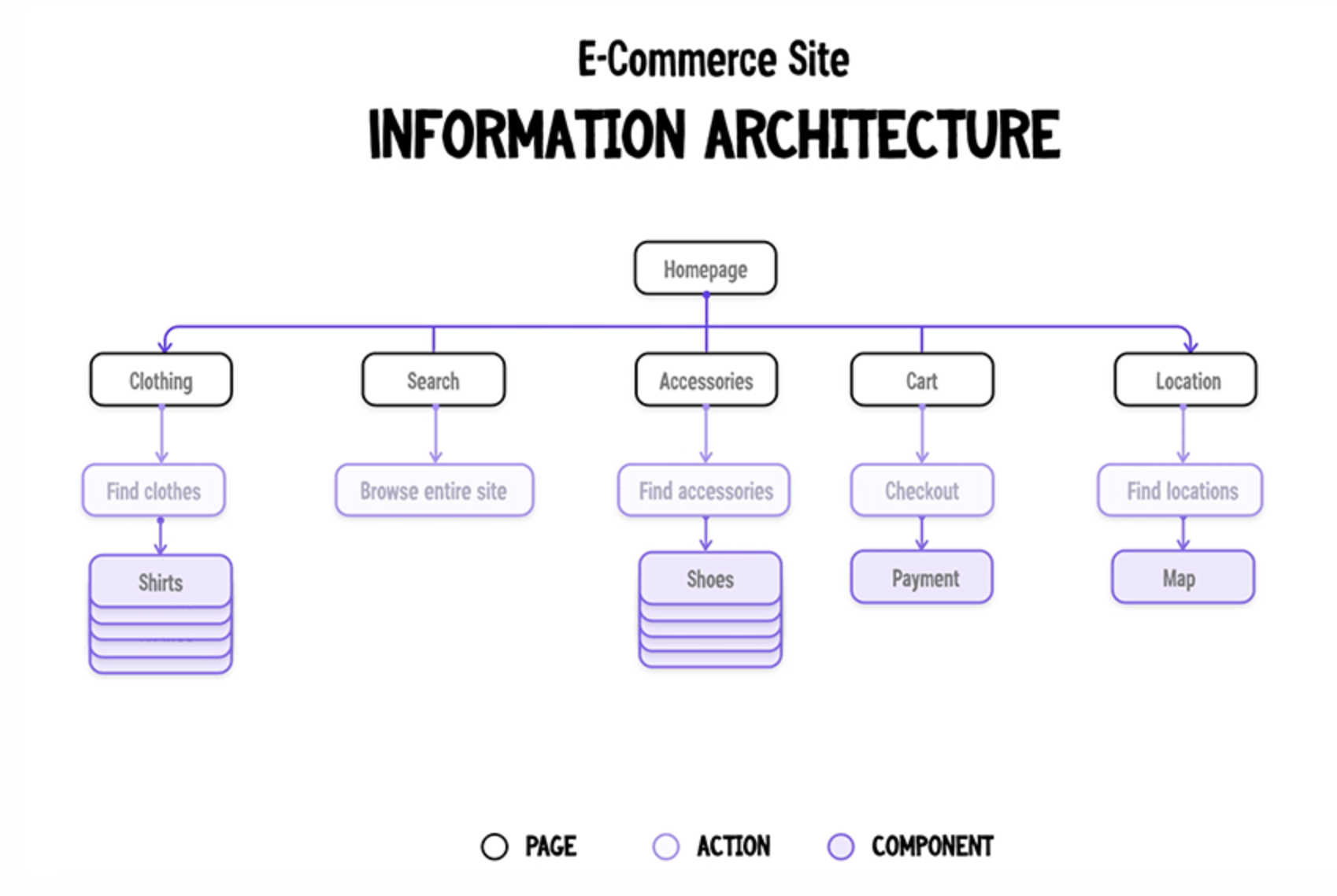
Wireframing
Wireframes outline a product’s basic structure. Wireframes are the first step in planning a product’s interface design, and can be sketched by hand or drawn with digital design tools like Mockplus. Wireframes serve as blueprints for product development and focus solely on layout and object placement.
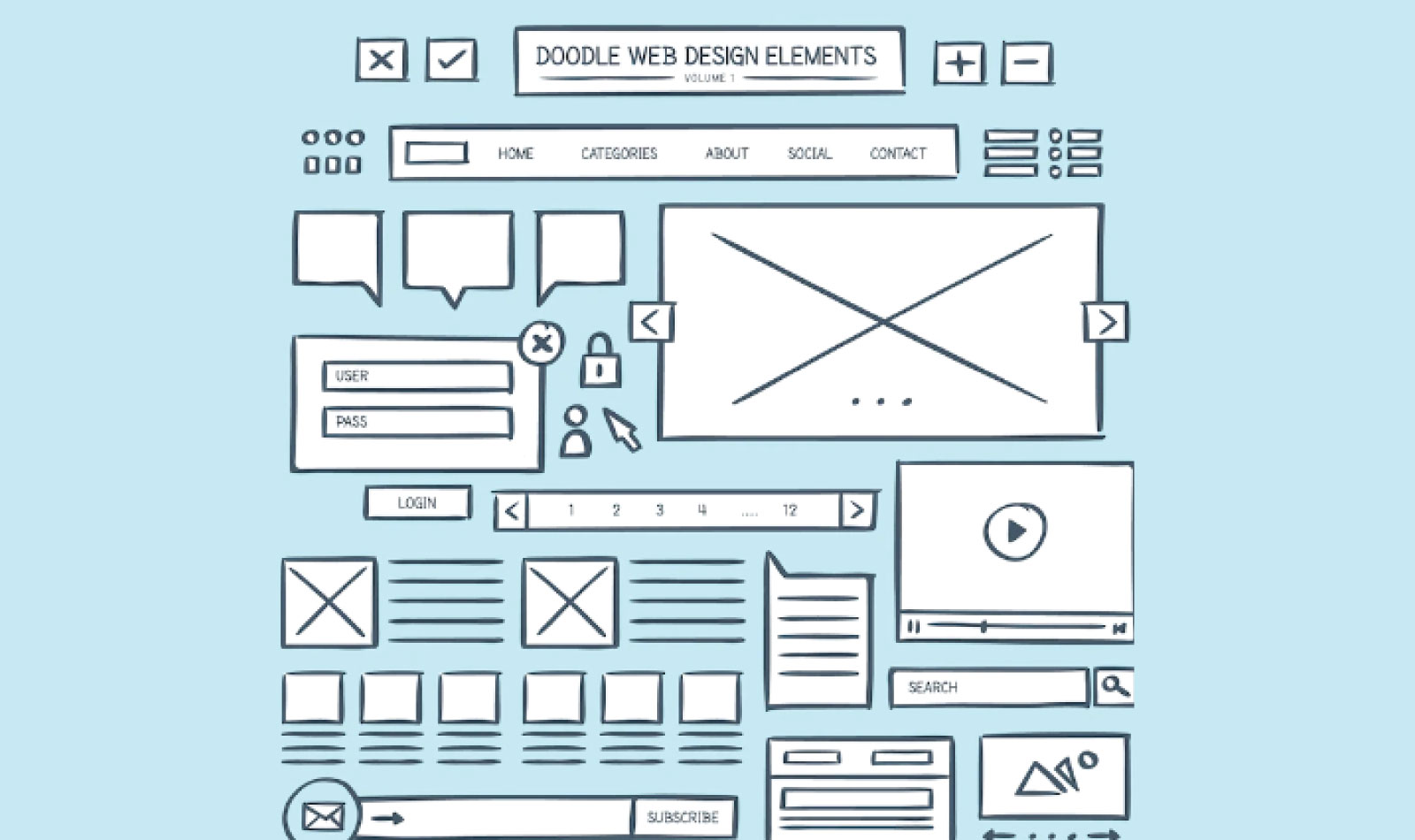
Prototyping
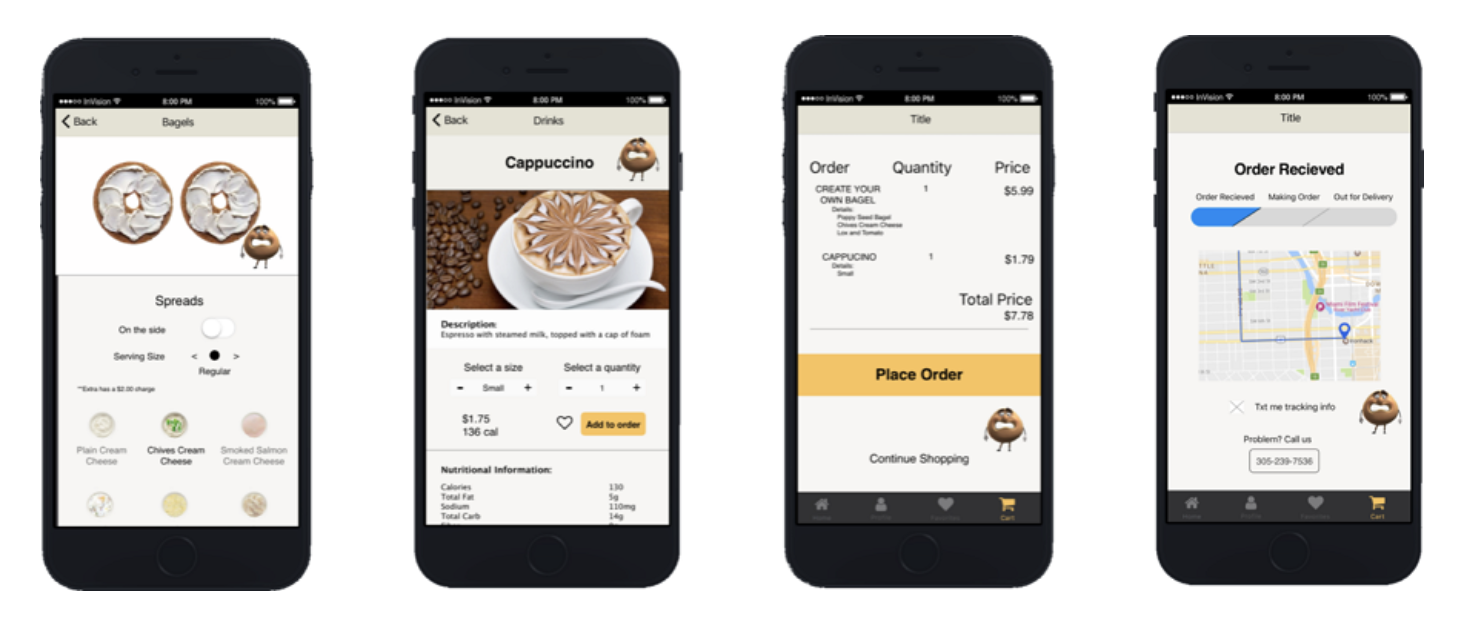
Prototypes emphasize interaction design. Low-fidelity prototypes eschew technical details and convey a product’s core functionality, information architecture, layout, and user flow between screens. High-fidelity prototypes incorporate UI elements like color, images, and animations, as well as advanced interactive elements like scrolling and responsive menus. These prototypes functionally simulate the final product.
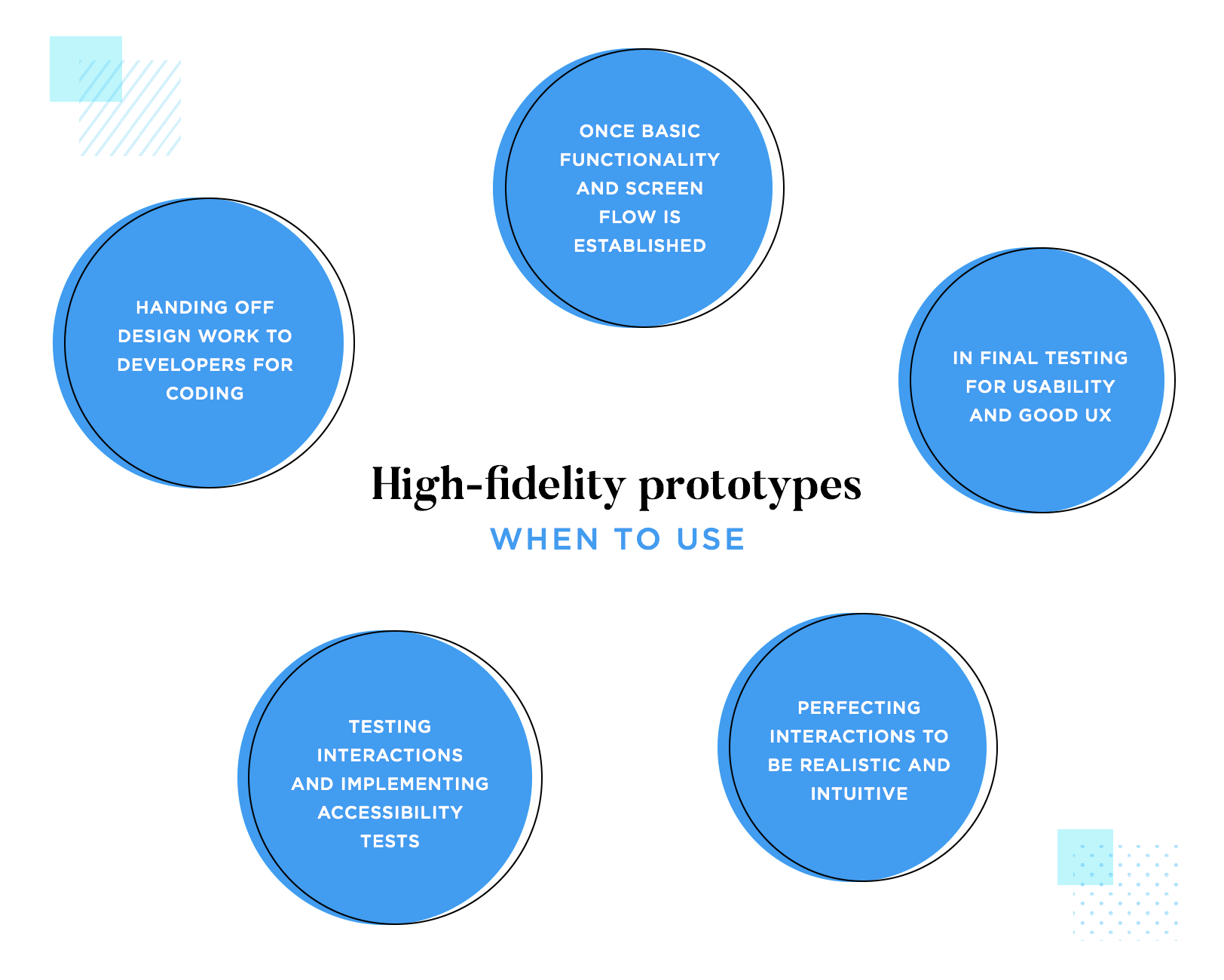
User Testing
UXers validate their design decisions by testing high-fidelity prototypes. User testing allows designers to assess the efficacy of features, functionalities, and more. Evaluating user interactions with a product can reveal sites of friction and inform changes in future iterations. Qualitative testing identifies where problems exist and why users are experiencing issues, while quantitative testing determines the scope and scale of the problem. User testing may be moderated or unmoderated.
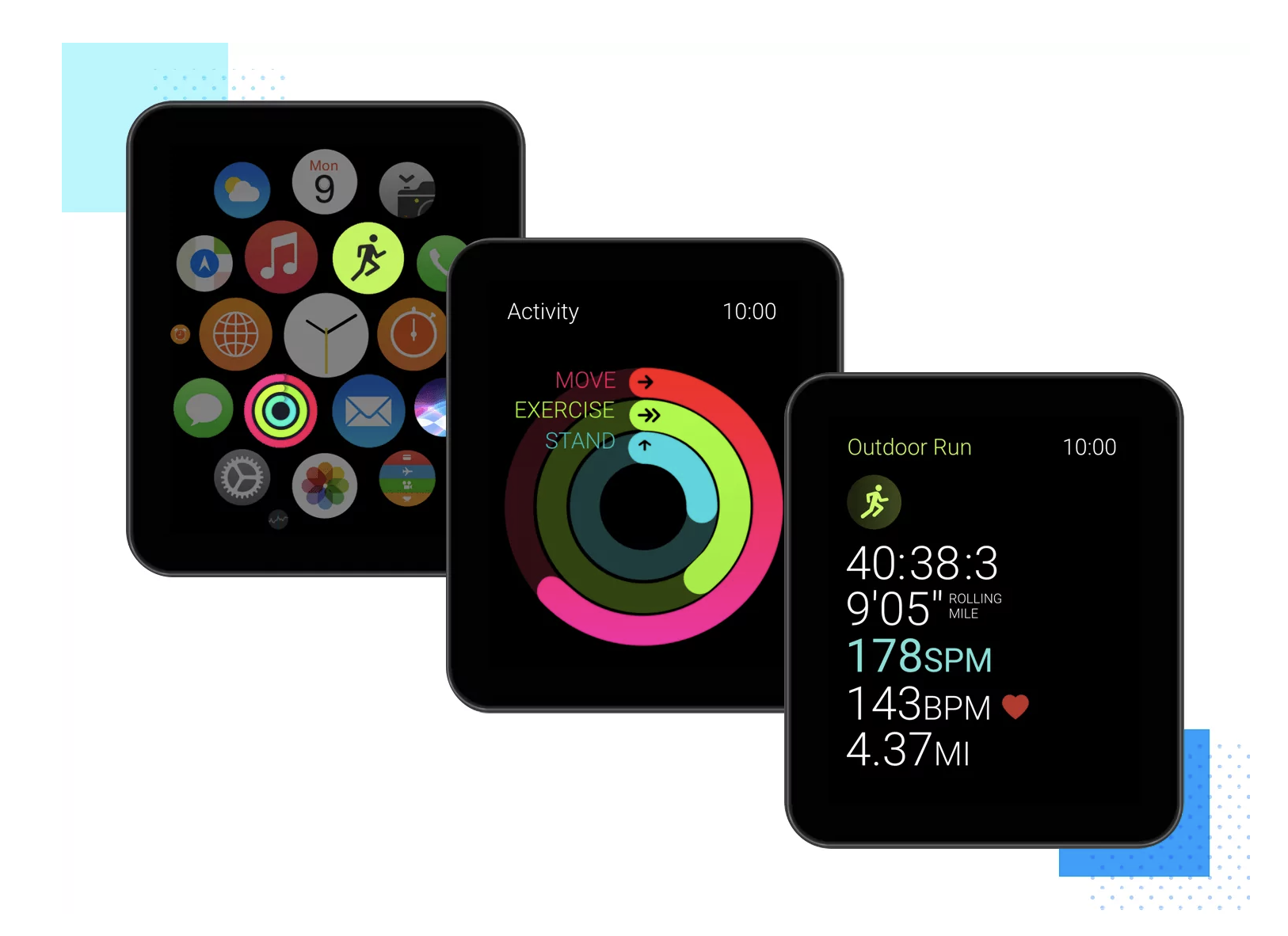
Visual Design
Visual design harnesses aesthetic elements to enhance user experience and increase usability. This combination of UI design and graphic design uses text, colors, images, and more to improve the functionality of a product’s interface. Strong visual design draws viewers to important information and improves the navigability of a product.
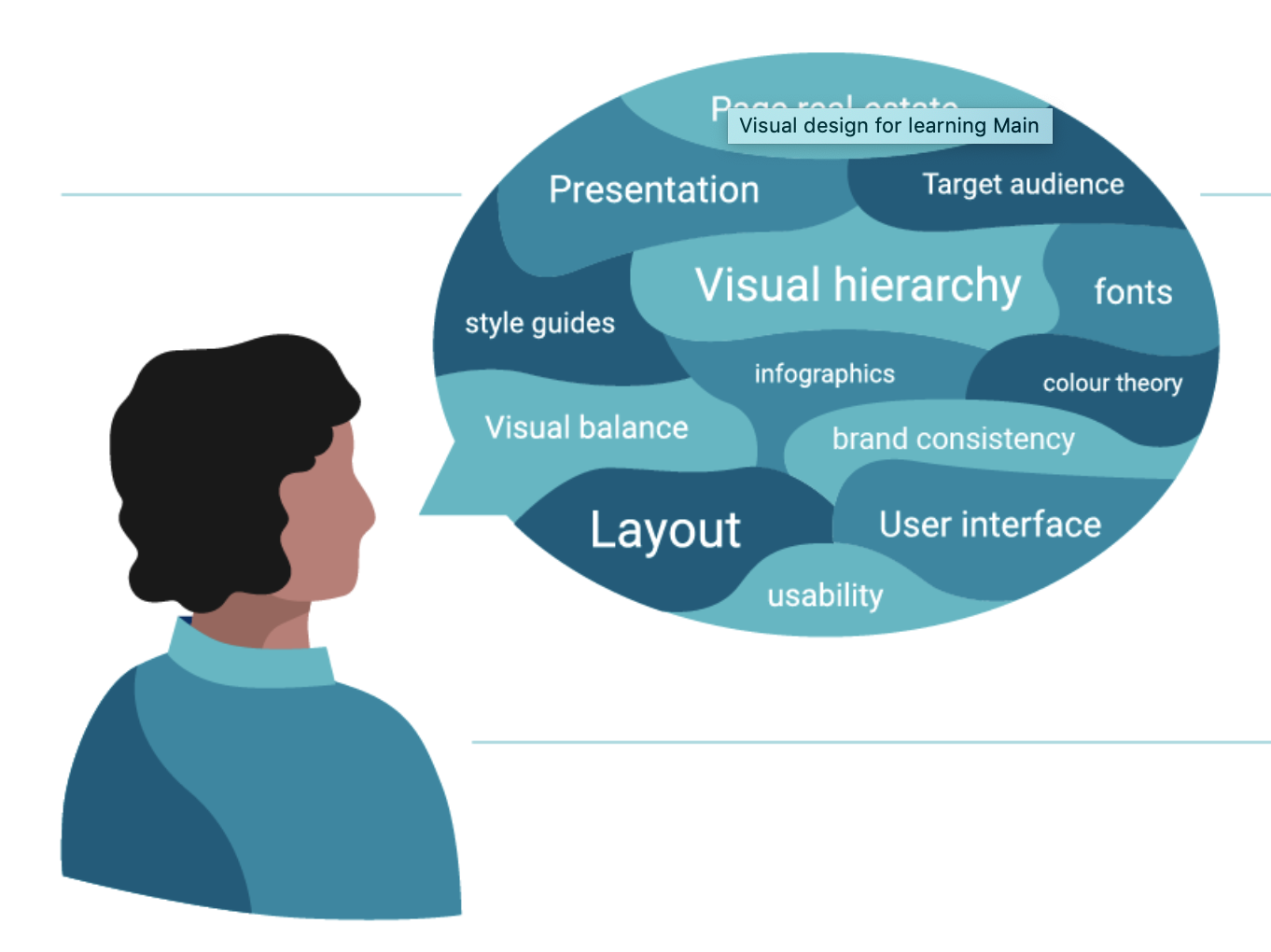
UX Design Skills
UXers use a combination of hard and soft skills to design successful products.
Hard Skills
Hard skills relate to the unique technical knowledge and training necessary to perform UX design. Hard UX design skills include:
Wireframing and Prototyping
UX designers use digital tools like Sketch, Figma, InVision, or Adobe XD to create wireframes and prototypes.
User Research
Research skills are necessary to identify user needs. UX researchers use methodologies like diary studies, interviews, surveys, and more to learn about their target audience and build user personas.
UX Writing
UX writing is the crafting of UI copy that guides users through a product. Effective UX writing allows users to intuitively navigate a product and complete tasks with minimal friction. Appropriate labels also help users find the information they’re looking for.
User Testing
Experience with A/B testing, product analytics, and benchmarking is necessary to evaluate a product’s usability, accessibility, and usefulness. UXers must also be able to interpret their findings in a way that will inform product improvements.
Visual Communication
Designers use visual elements to evoke emotion, enhance recognition, improve product navigability, and convey or organize information.
User Interface Design
UI skills include color theory, branding, and typography. Designers must be able to harness UI design elements to make a product memorable and useful.
Soft Skills
Soft skills are personality traits and interpersonal skills that help designers to connect with users and work as part of a team. Soft UX design skills include:
Empathy
Designers must use emotional intelligence to empathize with user wants, needs, motivations, and pain points in order to build designs that offer valuable, pleasant experiences.
Communication
Designers must communicate effectively with stakeholders to align business goals with user needs. Excellent communication skills are vital when working with a design team to create the vision for a product.
Collaboration
Designers often work as part of a team. A collaborative mentality yields stronger solutions and faster progress.
Critical Thinking
At its core, UX design is problem-solving. Designers must think critically to identify potential solutions to user pain points.
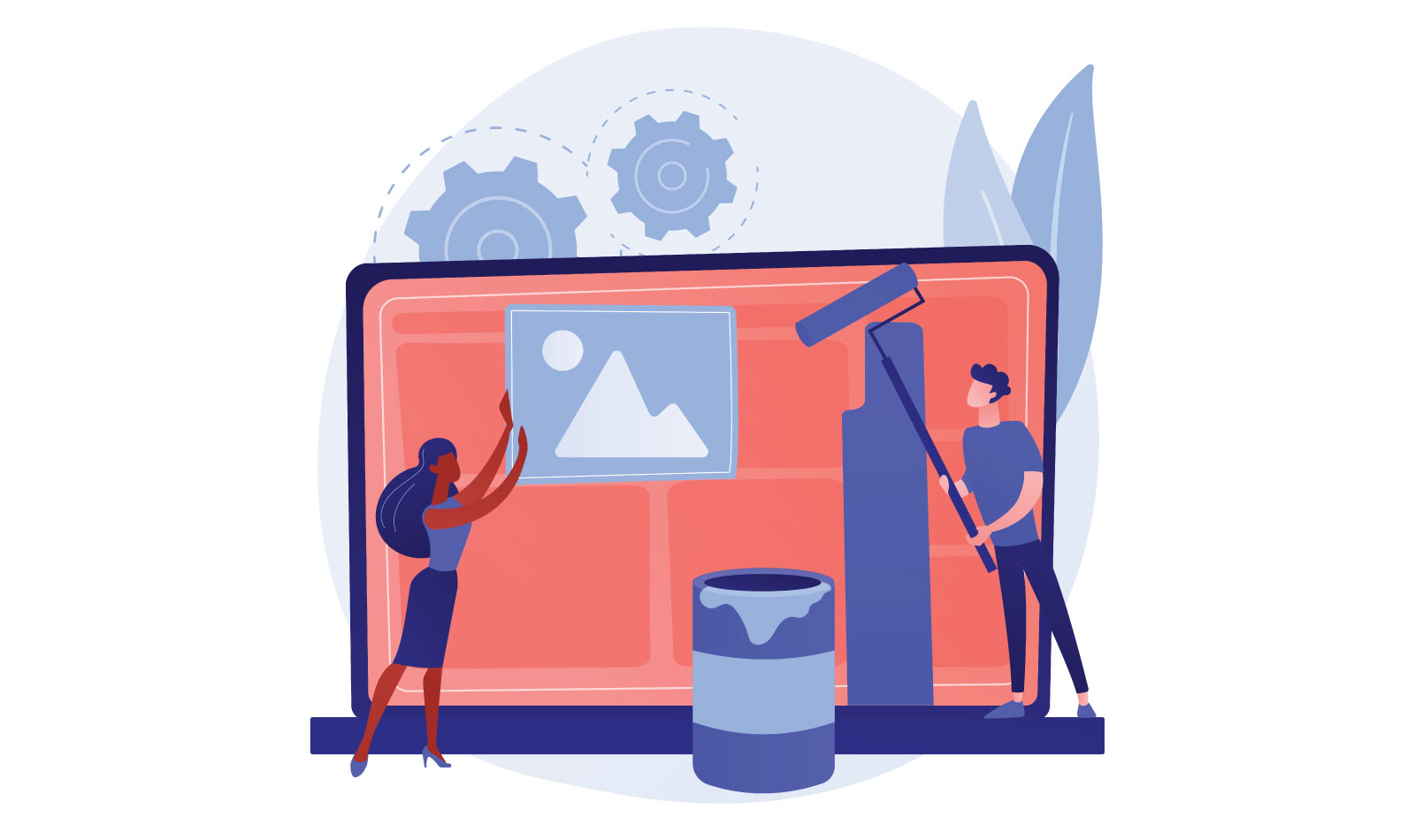
UX Designer Job Market and Average Salary
UX design salaries are lucrative, and have generous growth potential. According to Glassdoor, the estimated total pay for a UX Designer is $100,913 per year, with an average annual salary of $81,224. UX designers are also in high demand, so much so that UXers ranked on LinkedIn’s 2022 Jobs on the Rise report.
UX Designer Career Outlook
Different UX roles assume responsibility for unique tasks related to the UX design process. Common UX roles include:
Product Designer
Product designers translate the product goal into a functional user experience and guide the product throughout its lifecycle, from development to maturity. They create a product roadmap, set design requirements, analyze product success, and guide product improvement.
Related Read: UX Designer vs Product Designer
Interaction Designer
Interaction designers curate a user’s interactive experience with a product. They design the ways in which users interact with products through the dimensions of language, visuals, physical objects, time, and behavior. For example, they decide which commands a user can give to interact with an interface, or select colors and shapes to offer contextual clues about a product’s functionality.
UI/UX Designer
UI/UX designers are generalists who participate in all phases of the design process. These professionals are skilled in user research, ideation, wireframing, prototyping, and usability testing.
UX Researcher
UX researchers gather and analyze insights about user wants, needs, motivations, and pain points. Their research informs design decisions and is used to create user personas, user stories, and user journey maps.
UX Subject Matter Expert
Subject matter experts (SMEs) guide design decisions with specialized knowledge of an industry, process, or niche that the product seeks to serve. Their expertise ensures that the product will meet the requirements of stakeholders and comply with legislative requirements (ex. privacy laws for fintech applications). SMEs also guide user research and product testing.
UX Design Career FAQs
Check out these answers to frequently asked questions about launching a career in UX design.
Can You Become a UX Designer With No Experience?
Yes, you can indeed become a UX designer without prior experience. To expedite your learning journey you can even enroll in a UI/UX design bootcamp certificate program, you’ll graduate job-ready in just six months—even if you started with no UX design experience. Over the course of the program, you’ll build a UX portfolio and collaborate with a real company to complete a 40-hour industry design project that solves a business problem.
Do You Need a Degree To Become a UX Designer?
Many designers do not hold a degree in UX or a related field. Many UXers earn professional certificates through bootcamp programs to validate their design skills.
Is UI Design Better Than UX Design?
UI design is a specialization under the UX umbrella. Designers typically use UI and UX skills in tandem, but if you have experience in graphic design or visual branding, you may choose to specialize in UI design as your career progresses.
Since you’re here…
Interested in a career in UX design? Rise to the top of the CV pile when you enroll in our UX Bootcamp—you’ll get a UX job or your tuition money back. Take a look at our student reviews and test out our free UX curriculum to get a feel for our style and results. TL;DR: average starting salaries for our students = $85,440. Let’s do this.


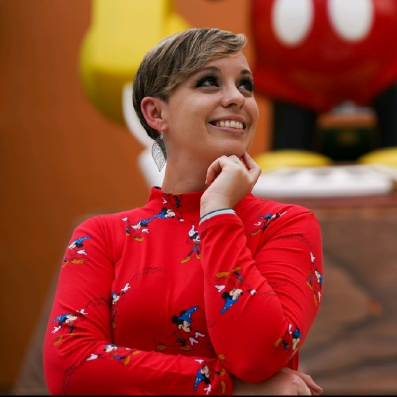

![How To Become a Product Design Engineer [11 Step Guide]](jpg/how-to-become-a-product-design-engineer-11-step-guide-380x235.jpg)

